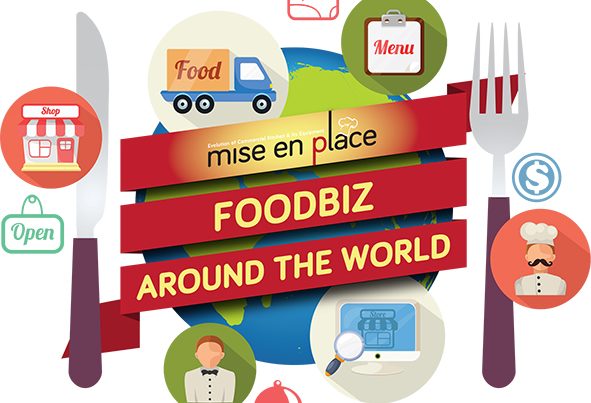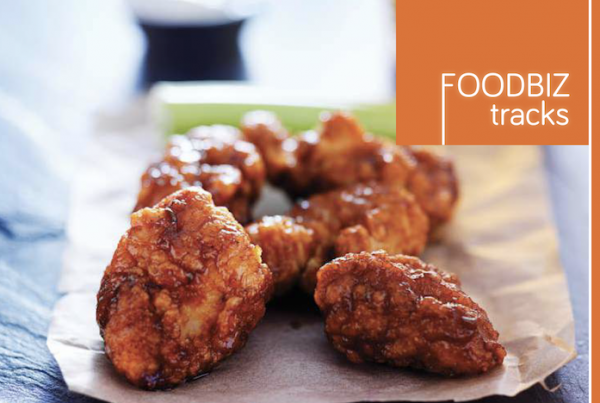If you have even a streak of entrepreneurship in you, there is no doubt that the thought of buying or obtaining a fast food franchise would have crossed your mind. The ubiquitous story of Ray Kroc and how he successfully expanded the billion-dollar global brand McDonald’s is a legendary example in the business and entrepreneurial community.
Perhaps you are toying with the idea of buying a franchise, or, if you want to be bold and outstanding, you would be thinking of starting an independent fast food restaurant of your own.
fast food restaurant consists of a business model that serves food, usually from a single point such as a counter or a drive-in. All or most of the food items served at fast food outlets are prepared in advance, or made to order in a very short amount of time. Independent fast food restaurants, kiosks and food trucks are thriving all over the world, as more and more people seek out variety and novelty for their food and beverage needs.
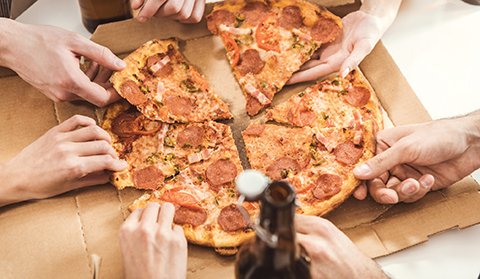
Having enough capital is something that doesn’t have to be said, but of course, be prepared for a heavier than usual investment, especially if you decide to franchise. Obtaining a franchisee license is the easiest way to become a fastfood restaurant owner, but also the most expensive. Becoming a master franchisee would be the ultimate dream, but it comes with a commitment to fulfil their quota of restaurants per year. Of course, having a franchise might up your chances of getting a loan, but, as mentioned, not everyone has the capital to do that.
Before you jump into anything, there are a few points to consider. Aside from the usual factors, such as restaurant concept and your target demographic, it’s important to remember that the competition is stiff, we can’t lie. Not only are you going neck-and-neck alongside the big brands of fast food, but you are also competing with some very creative local fast food ventures.Some examples would be the ‘cheese pisang goreng’ that created a furore on social media and the revived interest in back-to-basic burger stands.
But, it’s not impossible if you get it right, especially if you strike something that makes your restaurant and concept stand out. Here’s another tip before we dive in: fast food is a number’s game – understand the numbers and you have a chance of playing your cards right.
The key to a successful franchise, according to many texts on the subject, can be expressed in one word: “uniformity.” Franchises and chain stores strive to offer exactly the same product or service at numerous locations.

MENU
Before opening a fast food restaurant or deciding on your restaurant concept, you must consider the type of food you want to serve. Although fast food places have a history of selling hamburgers, you are not limited to such options. Hamburgers have always been an ideal fast-food item because they are fast to cook and easy to keep warm. You can look into sandwiches, a la Subway, or pizza, the universal idea of comfort food. But the most important thing about the type of food you serve is – how fast can you prepare it? Are there ingredients you can pre-prepare?
How applicable is the food you want to serve in a fast food setting? You may decide you want to sell loaded rice bowls, for instance but perhaps it’s not feasible because of certain ingredients that go bad fast, or maybe it is not something that can be prepped in advance. It’s important to, not only serve up something delicious, but it’s not fast food if it’s not literally ‘fast’!
Nasi lemak, Malaysia’s quintessential fast food, is a good example of a type of food that can be prepared in advance. Think of similar items and be practical and realistic when planning your menu. The other thing to keep in mind, especially for your long-term strategy and success, is to ascertain if the required ingredients of your menu are available easily, not just in your home country, but overseas, should you want to expand in the future. You’d be surprised how many businesses cut their expansion plans short because they can’t find the right ingredients in the targeted country of expansion.
Develop a menu that is easy to understand and come up with a competitive price for each item. You may want to design a menu with “combo” meals or special deals where consumers can buy a combination of items for less.
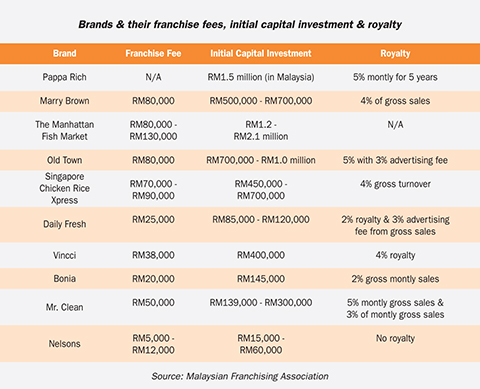
FRANCHISE
Consider whether you want to open your own fast food restaurant or whether you want to purchase a franchise. Things you must consider when you make your decision include the capital needed. Keep in mind that sometimes a specific franchise may require a higher investment than opening your own fast food restaurant, but if it is a popular franchise the probability of return on investment can also be higher. Usually, opening your own fast food restaurant requires less capital, but the risk of clients not liking your food is higher than the risk you have with an established brand such as McDonald’s or Wendy’s. Also, if you have a fast food recipe you would like to make and sell, a franchise is not an option, since by purchasing a franchise you must sell what the franchise owner tells you to sell and not what you want to sell.
According to the Malaysian Franchising Association, with an already established brand reputation and image, advertising strategies, proven management systems and work practices,
franchisees will find that managing a franchise may be much simpler compared to an independent start-up. Additionally, the cost of starting up a franchise may be cheaper, depending on the popularity of the brand you’re seeking to obtain a franchise license from.
Set-up costs for cheaper brands like Nelson’s and Laundrybar start off at around RM100,000 to RM200,000 while more expensive brands like OldTown and PappaRich could range from anywhere between RM1.0 to RM3.0 million.
Datuk Haji Md Latip Bin Sarrugi, Chairman of the Malaysian Franchise Association (MFA) notes that, “Franchising provides our home-grown brands a platform for easier expansion regionally and internally so they can gain more brand awareness and further grow their business.”
Expansion can be very good for a business as having a global presence will help significantly in branding as the business will be able to capture a broader customer base with its brand and products. And not only is expansion through franchising fast, but it is also lower risk in a financial sense as the franchisees are the one responsible for funding the expansions rather than the originating company if the expansion was independent.
LOCATION
Seriously consider the location of your fast food business as it is an important factor to look at before you open your fast food business because it determines how many clients you will have. If your fast food restaurant is located in a place with little traffic and visibility, your business most likely will not be successful. Fast food owners usually locate their restaurants by highways, business streets and shopping centers and close by other fast food restaurants. Malls, colleges and universities are also good options.
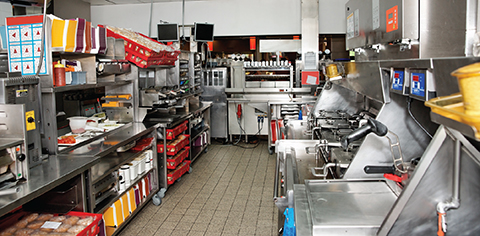
HEALTH CODES
Consider all federal and state regulations you must meet before opening a fast food restaurant. Each state has its own regulations and codes, as well as licenses and permits you must obtain. Verify with your state’s department of licensing and regulations, or the department responsible in your state, which licenses and permits you need to open your business. Consider any specialised health code regulations that you must meet, according to the type of food you serve. For instance, if you’re serving up a lot of meat, your health and safety requirements would probably be more stringent as meat are amongst the most easily – contaminated foods.
PERSONNEL AND TRAINING
Do not underestimate the importance of training and development for your staff. If possible, it would be wise to set aside a small budget and to truly take the time to train your staff, or have someone do it for you – it is worth considering hiring an external consultant for this as the ROI could be huge. Well-trained staff who are able to follow procedures, and are kept motivated, can do wonders for your restaurant.
A discussion on training inevitably brings up the benefits of having proper Standard Operating Procedures (SOPs) – especially in a fast food setting. To put it very simply: SOPs and fast food go hand-in-hand. It will be very hard to achieve the consistency and speed required for fast food without tried and tested SOPs, whether in the kitchen, or at the till, facing that lunch time rush hour. Your SOPs, particularly for fast food, needs to be meticulous, detailed and down to the ounces and grams.
Also, having good and detailed SOPs prepared in advance of training your staff essentially means that you can use those set of procedures as your training manual. SOPs are effectively, a guide for your staff and managers to ensure smooth operations. It is in training and personnel development that you really do see the benefits of having concise SOPs put into place.
An example of how SOPs can help you is that if someone integral is out sick or can’t report to work for whatever reason, someone else can take on the job, because everything is written down and accounted for.
For a more detailed guide on SOPs, you can refer to our Concept and Design section.
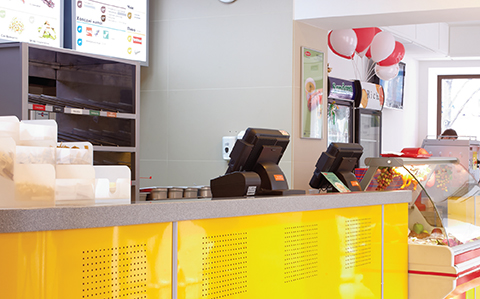
BRANDING & MARKETING
McDonald’s, Burger King and Wendy’s are examples of extremely successful fast food branding. Their signs, logos and slogans are recognizable around the world. Fans of fast food like predictability, and they want to know exactly what they are going to get before they go through the doors, according to the website Customer Service Zone. By providing consistent, easily recognizable and simple branding, a business reassures customers that nothing has changed. Simple slogans that lodge themselves in the brain are repeated endlessly on television and radio commercials, ensuring that when customers see the fast food outlet, they are primed to respond because the brand is already “inside” of them.
The fast food industry is highly competitive, so you need to get the word out about your restaurant creatively and aggressively. These days, there are very few big brands that don’t utilise the likes of Facebook, Twitter, Instagram, Pinterest and more. It is cheap (compared to advertising on traditional media, such as the newspaper and radio), fast and, if done right, can be very effective. Some fast-food chains survived longer than their shelf life thanks to the virality of their posts on social media – in fact, the allusion of selling out is probably the biggest open secret in the industry. If your product looks like it is in demand, it probably will be. People will queue up for hours to get a taste of that donut or fried chicken if they think other people want it.
Another thing to consider before jumping on to the marketing bandwagon, is to carefully evaluate your demographic – are you targeting millennials or does your food appeal to all ages? Is your restaurant more familyfriendly or is it geared towards business executives? Ascertain your target market and then market accordingly, because doing it in reverswill waste your time, money and efforts. For family – friendly restaurants, consider also, the pull of merchandise – surely no one can forget McDonald’s Happy Meal, an icon of many of our childhoods. Some creative thinking and strategic placement could garner merchandise that will be appreciated by your loyal customers.
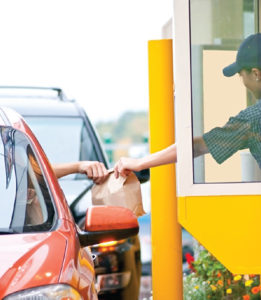 CURRENT ISSUES AND TRENDS
CURRENT ISSUES AND TRENDS
Big fast food brands have been making headlines, but for all the wrong reasons! The fast food industry has repeatedly been accused for selling food that is low in nutrition. As the focus increasingly changes to health and wellbeing, many consumers are opting to remove fast food completely from their diet and instead, seek out wholesome and nutritious food. With technology today, it is entirely possible to make food fast and keep it healthy, while still appealing to your targeted demographic. It is worth considering this strategy as more and more people are becoming aware of the effects of eating ‘empty calories’.







